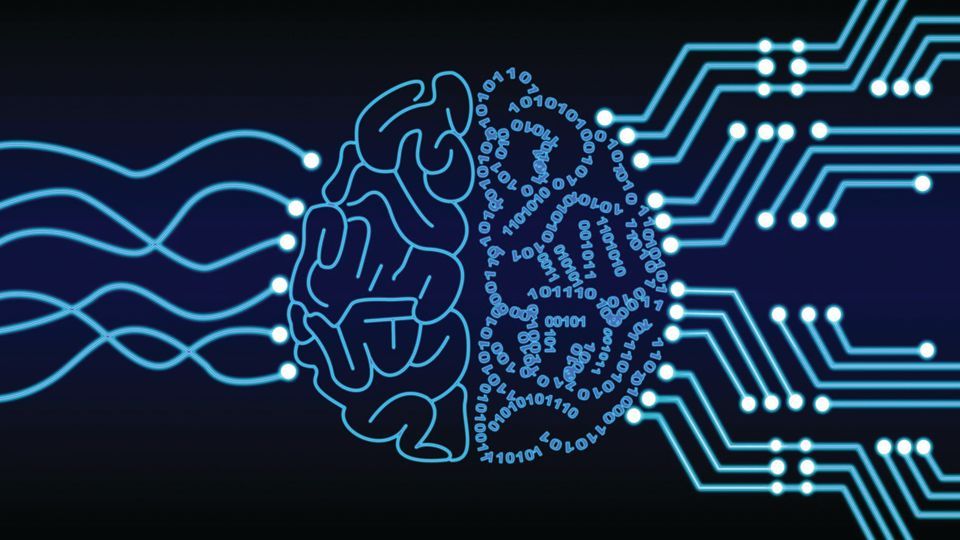Samsung want to 'copy and paste' your brain onto computers

In an announcement that had to come from a big tech company sometime this decade, Samsung says it wants to “copy and paste” the human brain onto “neuromorphic” computer chips. The attempt at taking our precious wetware and transferring it to hardware seems to have an unspecified timeline. But if the South Korean conglomerate can figure it out there may be a paradigm shift in the field of artificial intelligence.
DesignTAXI reported on Samsung’s announcement. It comes alongside a paper scholars and engineers from Samsung and Harvard recently authored in the journal Nature Electronics. The multinational corporation and elite member of the electronics manufacturing space posted a press release outlining its goals with the project. And they are sci-fi to say the least.
As Samsung notes, the company wants to realize a concept that has been in the AI zeitgeist since the ’80s. The idea of neuromorphic computer chips that mimic the way the human brain functions is simultaneously complex and simple. As Samsung’s “copy and paste” description implies, the goal is to take the neurons and synapses of the human brain and embed them in silico—that is, on computer chips. But implementation of the silicon thinking system seems staggering.
The easiest way to understand the tech is as a reverse engineering of the brain. Just as the brain stores its memories in a decentralized way, across 100 billion or so neurons, so will Samsung’s neuromorphic chips. (Hopefully.) This is a nontraditional way of using computer power. Unlike conventional computers, Samsung’s copy and pasted brain wouldn’t divvy up memory and processing tasks; it would perform its tasks asynchronously just as the human brain does. Selecting specific silicon “neurons and synapses” to perform a task at maximum efficiency.
If Samsung can implement these unique computer chips the company would cut down on the power costs of computing. Existing computer systems use far more electricity than a human brain does. A typical desktop can use anywhere from 200 to 400 watts per hour. And a supercomputer? More than two million. A human brain on the other hand only needs 12 watts, or approximately a fifth of what a standard lightbulb uses. And functional neuromorphic chips would be on par with the thinking organ.
Thanks for visiting Our Secret House. Create your free account by signing up or log in to continue reading.





